What is a Special Interest Group (SIG)?
Under the guidance of an academic facilitator, the goal of the SIG is to apply state-of-the-art research and analysis to solve marketing and sales problems (e.g., building customer loyalty, CRM data mining). SIGs offer a hands-on experience for participants (5 to 15 business professionals from noncompeting firms) who work through problem-solving steps for their firm (i.e., using real data) with the expectations the output will be acted on at their firm. Each SIG is organized around a critical business problem (e.g. customer engagement, customer segmentation) or focuses on a specific industry (e.g. health care, high tech, financial services) and meets multiple times over the duration of the project on a rotating basis at participating firms’ locations.
How can a SIG benefit your firm?
- Network with members in similar positions at different firms
- Learn innovative marketing techniques and data analysis
- Benchmark best practices
- Solve real problems at your firm using actual firm data
- Leverage your time using academic researchers and student interns (undergrad, MBAs)
- Identify future employees among student interns
How do SIGs Work?
Participating members are placed into a SIG group with noncompeting firms, which generally span multiple industries. A process will be outlined for addressing the specific problem of interest (data collection, types of analysis) over multiple meetings. Specifically, each SIG member will have the opportunity to engage in benchmarking, data collection, analysis, data evaluation, and corrective actions with academic experts. Depending on the makeup of the SIG, this process may take many months or longer to complete since the members of the SIG will work through the process together. Members execute the process at their firm to solve the problem and also learn from the academic facilitator and other non-competitive firms going through the same process.
After the SIG is formed a schedule will outline the dates, frequency, and times to meet. Meetings will rotate across member firms, UW, or local public venues. The academic team will facilitate the research process at each meeting and often help collect and analyze data to generate reports. To help facilitate the SIG and data collection processes, undergrad, grad, and MBA students (business, engineering, computer science, operations) will sometimes be brought into the SIG as interns.
In a typical SIG meeting, the group decides on the agenda and speed of the process. We expect that it will be a very collaborative environment where attendees compare what their organizations are doing, discuss new topics, ask questions, and look for advice. In the majority of cases, a specific research plan will be developed by the academic researcher to formalize the benchmarking, data gathering, analysis, and reporting process steps based on the specific issue. Meetings will typically last 2-3 hours.
What does it Cost to Join a SIG?
There is a participation fee of $500 for each SIG participant. Depending on the size of the SIG, firms would host no more than one time. They typically provide the meeting room and the refreshments for the meeting. However, for those interested, there is a process for a firm to go through a personalized one-on-one SIG, there’s usually an increased fee, depending on the complexity of the SIG issue/topic, number of meetings and projected time-line, and required resources.
How do You Join a SIG?
Registration for SIG membership typically occurs at the conclusion of a related workshop provided by the research center during an open enrollment period. However, if you are interested in joining an ongoing SIG or wish to state your interest in one of the upcoming SIGs listed on the website you can contact the Research Director.

